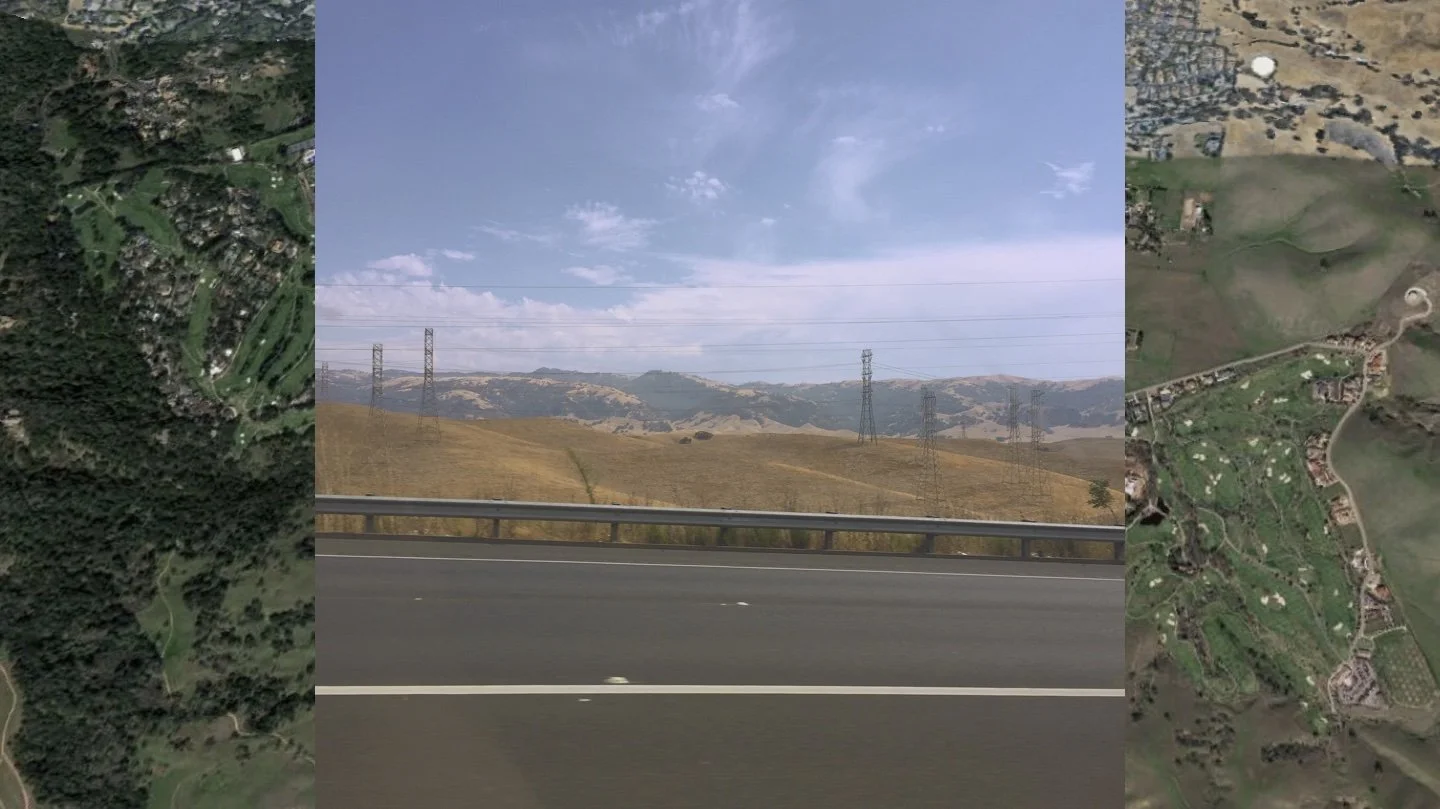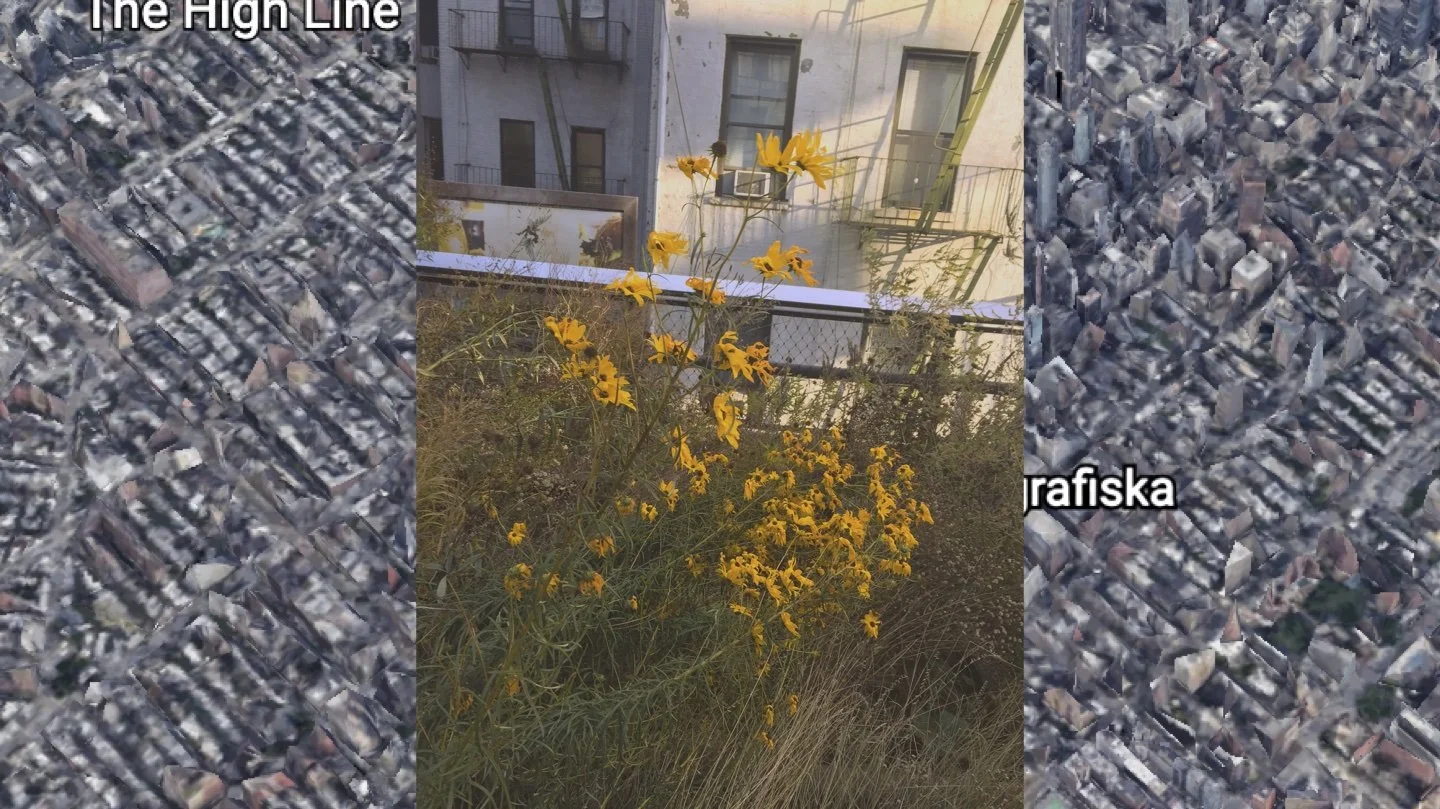Nature and the Built Environment: A Creative Photo Essay
October 12th, 2021
The built environment refers to the human-made surroundings we see in our everyday lives, from buildings and roads, to parks and electrical infrastructure. Natures have always been intertwined with the creation of these features and not just as the land being built on. As the environmental crisis continues to accelerate, more attention is being paid to the intentional integration of natures in the built environment through architecture, planning and design for more sustainable spaces and mental well-being. In this photo essay, I highlight some of my encounters with nature and the built environment, along with how the digital mediates my thinking on space and nature as concepts.
Process
For this photo essay, I started the creation process by brainstorming some personal interests and browsing my desktop photo app to see if there were any pictures that matched those interests. I ended up looking for nature-themed photos since that’s a big interest of mine and most of the pictures I take are of various natures. As I was going through the photos, I started to notice very specific shots that showed how environmental features, buildings and various structures were combined. This included pictures of things like vines twisting through a gazebo, flower displays decorating the side of a building, and even transmission lines cutting across the sky. From here, a distinct ‘urban natures’ theme started to emerge.
Next, following this urban natures idea, I reflected a bit on the work that I do in my PhD program and one of the topics that came to mind was sustainable cities. From here I continued with research on Google Scholar and Google Search and the results spoke more broadly to ideas about nature and the built environment. Feeling inspired by the literature I read, I decided on “nature and the built environment” as the theme for my photo essay. After that it became easier to go through my photo album again and pick out instances of nature entangled with human-made features. Soon I began to draw this on a storyboard to visualize exactly how it could tell a story. I used simple pen and paper to create the storyboard. The last step I had to consider was how I could emphasize perspective; that nature and the built environment involves everyday experiences like a dog park, but also spectacular views like a hydroelectric dam. During my previous brainstorming, I had been playing around with an idea that used Google Earth to situate or locate the places in my pictures, so I decided that it might work here too.
All of this led to the final result of six photographs, sorted as pairs under six categories that describe what I think are the main effects or purposes for nature and the built environment. The categories include Infrastructure, Travel, Decorate, Learn, Community, and Play. Each pair includes a Google Earth photo showing the range and location of a built environment, along with a personal view of that location and how it represents one of the categories. The photos were edited with Canva. I used the filter “Nimbus” because it gives a somewhat nostalgic tone to the photos. I also lightly adjusted the saturation and clarity of each picture. Finally, I am not sure that the end result turned out the way I had it visualized in my mind or on paper, but I think at least some of my motivation comes through. My photo essay aims to share another story of how humans and natures have never been separate and that the health of our planet and its people are intertwined.
References
Portella, A.A. (2014). Built Environment. In: Michalos, A.C. (eds) Encyclopedia of Quality of Life and Well-Being Research. Springer, Dordrecht.
Thompson, S. M., & Kent, J. L. (2017). Human Health and a Sustainable Built Environment. In M. A. Abraham (Ed.), Encyclopedia of Sustainable Technologies (pp. 71–80). Elsevier. https://doi.org/10.1016/B978-0-12-409548-9.10178-2










